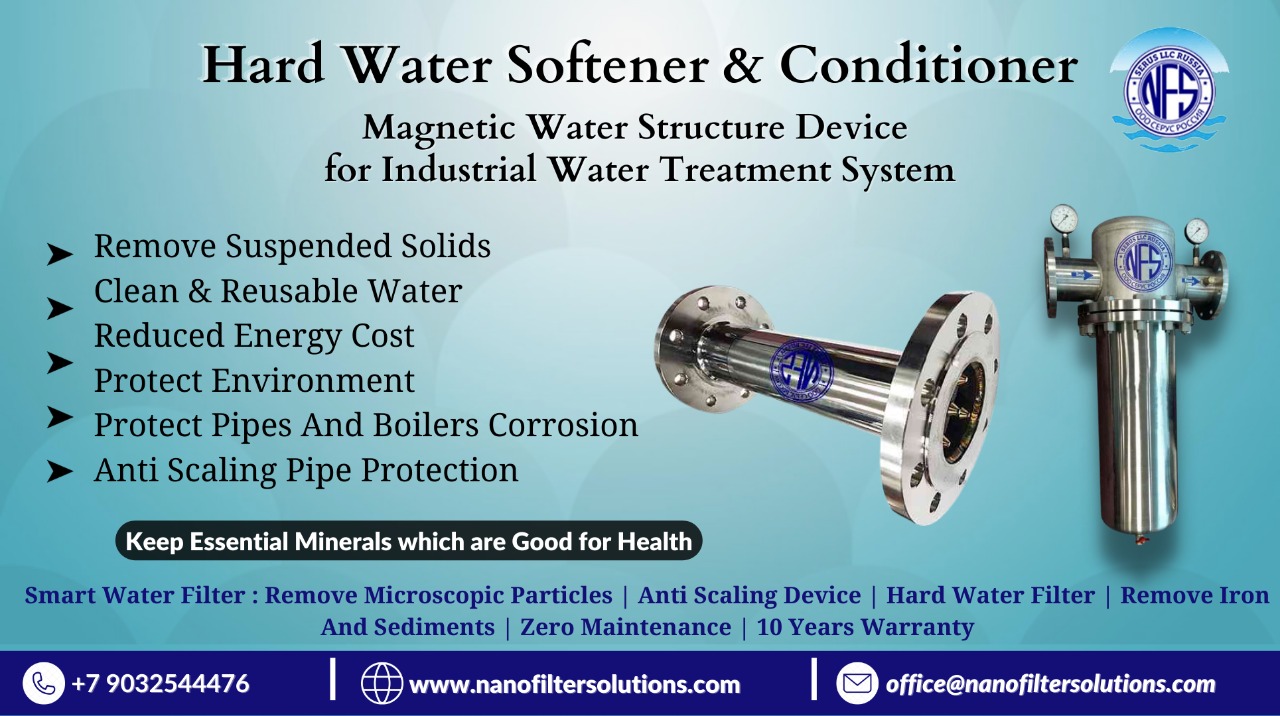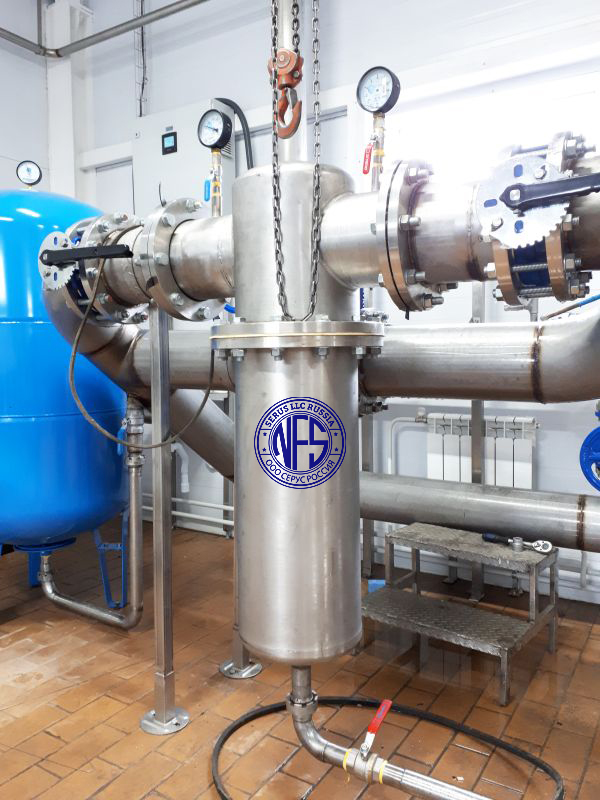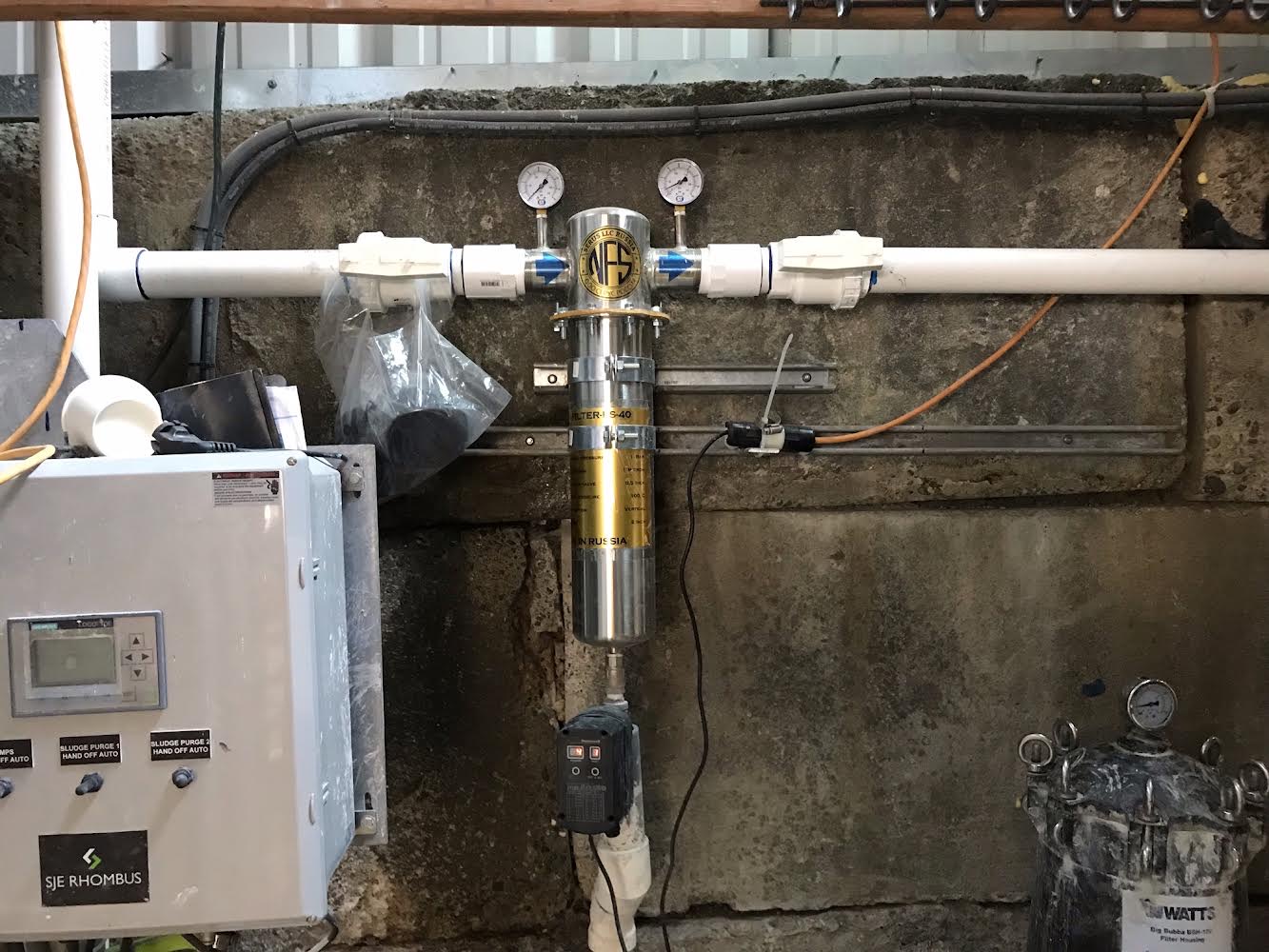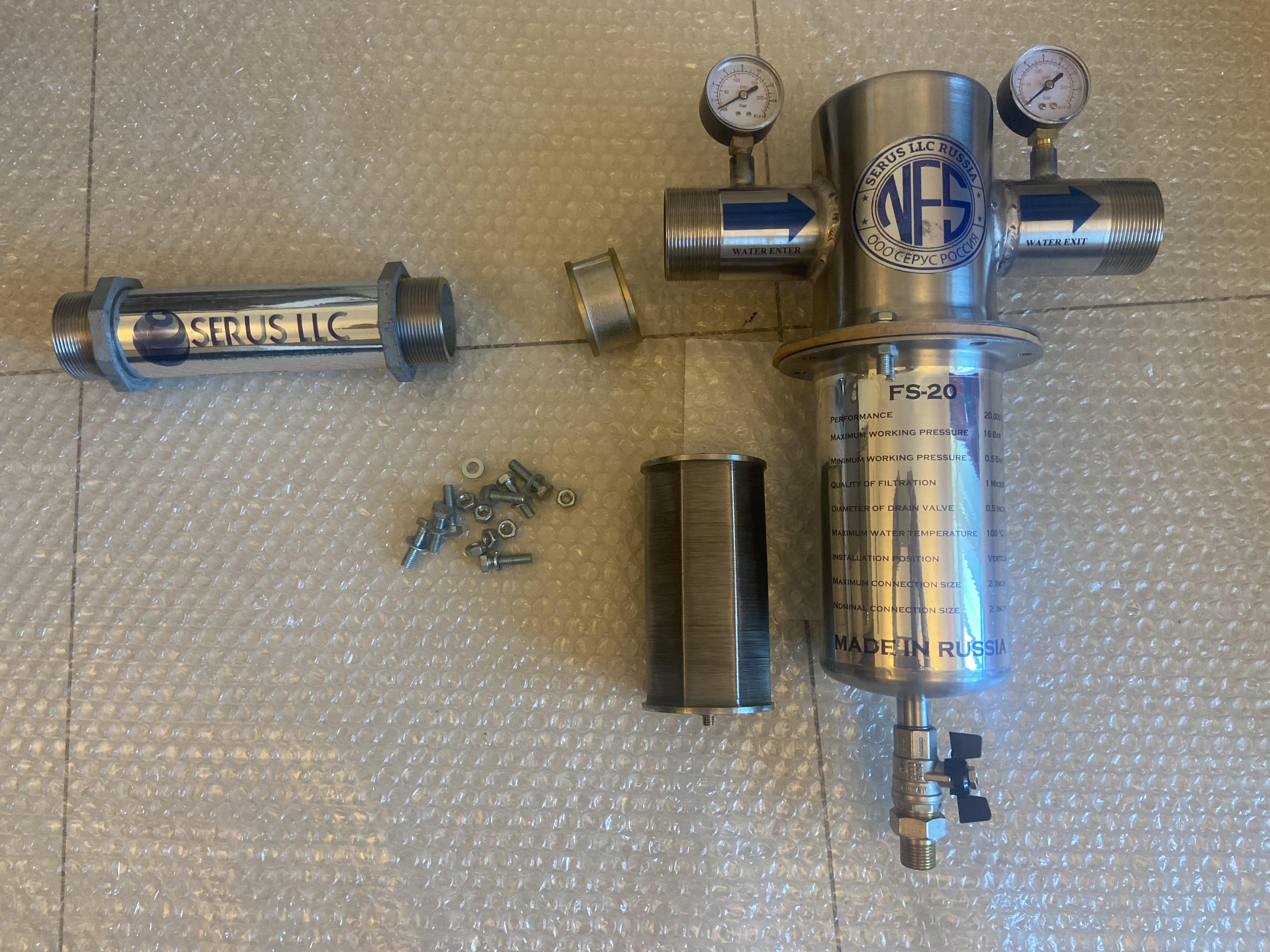2020 World Summit on Materials Science and Nanotechnology26 March 2020 09:00 - 27 March 2020 18:00, Madrid, SpainWorld Summit on Materials Science and Nanotechnology is scheduled to take place in Madrid, Spain on 26–27 March 2020. Materials Science 2020 aims to bring together materials scientists, materials engineers, materials researchers, chemists, professors, directors & co-directors, assistant professors, associate professors, emeritus faculty, lecturers, research scholars and students from all over the world to share their knowledge. Materials Science 2020 provides a global platform to showcase and discuss recent innovations in the field of materials research and nanotechnology. It also provides a great opportunity to network with peers, discover new products and services from vendors and sponsors and discover new solutions by interacting with peers physically.Materials Science 2020 aims to bring together all the Materials Scientists, Materials Engineers, Materials Researchers, Chemists, Professors, Directors & Co-Directors, Assistant Professors, Associate Professors, Emeritus Faculty, Lecturers, Research Scholars and Students from all over the world to share their knowledge. Materials Science 2019 provides a global platform to showcase and discuss recent innovations in the field of Materials Research and Nanotechnology. It also provides a great opportunity to network with peers, discover new products and services from vendors and sponsors and discover new solutions by interacting with peers physically. The theme of the conference is "To discuss the latest advancements in Materials Research and Nanotechnology".World Summit on Materials Science and Nanotechnology is scheduled to take place in Madrid, Spain on March 26-27, 2020. Materials Science 2020 aims to bring together all the Materials Scientists, Materials Engineers, Materials Researchers, Chemists, Professors, Directors & Co-Directors, Assistant Professors, Associate Professors, Emeritus Faculty, Lecturers, Research Scholars and Students from all over the world to share their knowledge. Materials Science 2020 provides a global platform to showcase and discuss recent innovations in the field of Materials Research and Nanotechnology. It also provides a great opportunity to network with peers, discover new products and services from vendors and sponsors and discover new solutions by interacting with peers physically. The theme of the conference is “To discuss the latest advancements in Materials Research and Nanotechnology“.Key SessionsMaterials ResearchComputational Materials ScienceEmerging technologies in Materials ScienceBiomaterials and NanomaterialsComposite MaterialsCeramics and PolymersMaterials Synthesis and ProcessingApplications of Advanced MaterialsSemiconductors, Alloys, and MetallurgyGlass Science and TechnologiesMetallic and Organic MaterialsAdvances in Graphene Research and 2D MaterialsMagnetic MaterialsEmerging Smart MaterialsNanotechnology in MedicineNanotechnology in EngineeringFuture of NanotechnologyBenefits and Applications of NanotechnologySpin Electronics, Amphiphilic materialsSuperconductors and Advanced Engineering PolymersBiomedical devices and 3D PrintingCatalysis ChemistryWorld Summit on Materials Science and Nanotechnology 2020World Summit on Materials Science & Nanotechnology2020 World Summit on Materials Science and NanotechnologyWorld Summit on Materials Science and Nanotechnologyadvanced materials conference 2020international conference on nanoscience and nanotechnology 2020materials chemistry conferences 2020https://www.rsc.org/events/detail/40232/world-summit-on-materials-science-and-nanotechnology
More...












